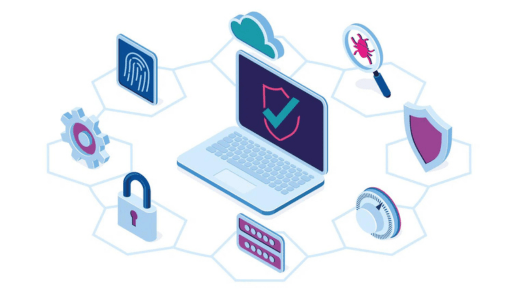In the rapidly evolving digital landscape, cybersecurity has become a paramount concern for individuals, businesses, and organizations of all sizes. Protecting sensitive information from malicious actors has never been more crucial. Among the various security measures employed to safeguard digital assets, what is a penetration test stands out as a powerful weapon in the cybersecurity arsenal.
What is a Penetration Test?
At its core, a penetration test, often referred to as pen test, is a simulated cyberattack on a computer system, network, or application. The objective is to identify vulnerabilities and weaknesses within the system before malicious hackers can exploit them. A skilled professional, known as an ethical hacker or penetration tester, carries out these tests. The goal is to evaluate the security posture and resilience of the target system.
The Anatomy of Penetration Testing
Penetration testing is a systematic and meticulous process, which involves several crucial phases.
1. Planning and Reconnaissance
This phase is akin to the groundwork before a military operation. The what is penetration testing team carefully defines the scope of the test, identifies potential vulnerabilities, and gathers information about the target system. It’s crucial to understand the specifics of the system to create an effective attack strategy.
2. Scanning
In this phase, the penetration tester uses specialized tools to scan the target system for potential vulnerabilities. This can include open ports, misconfigured software, or outdated systems that may be susceptible to attack.
3. Gaining Access
Here comes the thrilling part. The penetration tester attempts to exploit the identified vulnerabilities to gain access to the system. This might involve various methods such as brute force attacks, social engineering, or exploiting software flaws.
4. Maintaining Access
Once access is gained, the tester tries to maintain control over the system. This is critical because real hackers seek to maintain their presence undetected for as long as possible.
5. Analysis and Reporting
After the test, a comprehensive report is generated. It outlines the vulnerabilities discovered, the techniques used to exploit them, and recommendations for remediation.
Why Penetration Testing Matters
Penetration testing is not just another buzzword in the cybersecurity realm. It holds immense significance for various reasons.
1. Preventing Data Breaches
By identifying and fixing vulnerabilities, penetration testing helps organizations protect sensitive data from unauthorized access. This is crucial in an era where data breaches can lead to catastrophic consequences.
2. Avoiding Legal and Financial Ramifications
In many regions, organizations are legally bound to protect their data and the data of their customers. Failing to do so can result in hefty fines and legal consequences. Penetration testing is a proactive measure that ensures compliance with data protection regulations.
3. Enhancing Reputation and Trust
A breach can severely damage an organization’s reputation and erode the trust of its customers. Regular penetration testing showcases a commitment to security, boosting trust and credibility.
4. Cost Savings
Addressing vulnerabilities at an early stage is significantly more cost-effective than dealing with the aftermath of a data breach. Penetration testing can help an organization save money and resources.
Types of Penetration Tests
Penetration tests are not one-size-fits-all. There are various types, each with a specific focus:
1. Black Box Testing
In this scenario, the tester has no prior knowledge of the target system. This mirrors the actions of an external attacker and is a realistic test of a system’s defenses.
2. White Box Testing
Here, the tester is provided with complete information about the system, including network diagrams, source code, and configuration details. This type of test is more focused on the internal security team’s capabilities and response.
3. Grey Box Testing
A combination of both black and white box testing, grey box testing provides some information to the tester while keeping other elements hidden. This simulates a scenario where an attacker has partial knowledge of the target system.
The Future of Penetration Testing
As technology continues to advance, so do the tools and techniques used by cybercriminals. Penetration testing must evolve to stay ahead of these threats. Artificial intelligence and machine learning are being incorporated to enhance the efficiency and accuracy of tests. Additionally, with the rise of the Internet of Things (IoT), penetration testing is expanding to cover the security of smart devices and connected systems.
In conclusion, penetration testing is an indispensable component of modern cybersecurity. Its proactive approach to identifying and mitigating vulnerabilities is essential for protecting sensitive data, maintaining legal compliance, and building trust with stakeholders. As the digital landscape continues to evolve, penetration testing will adapt and remain a formidable defense against cyber threats.

